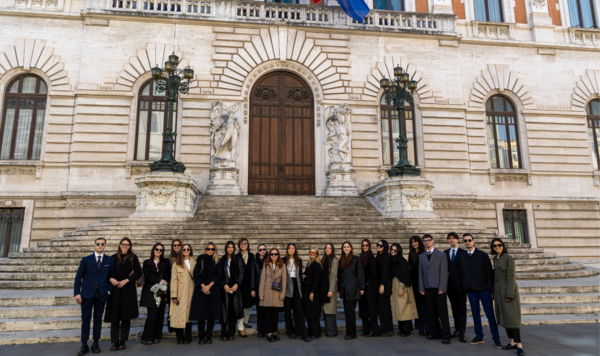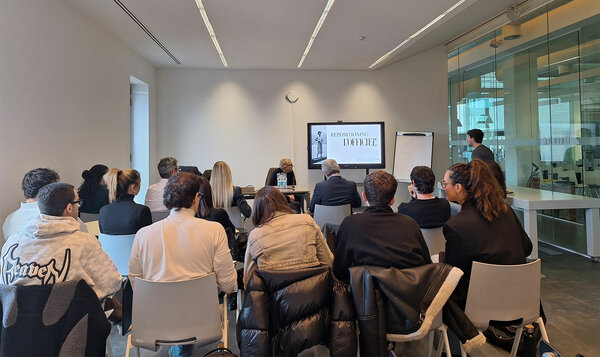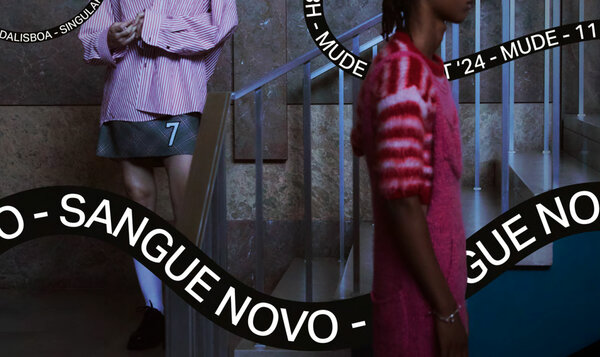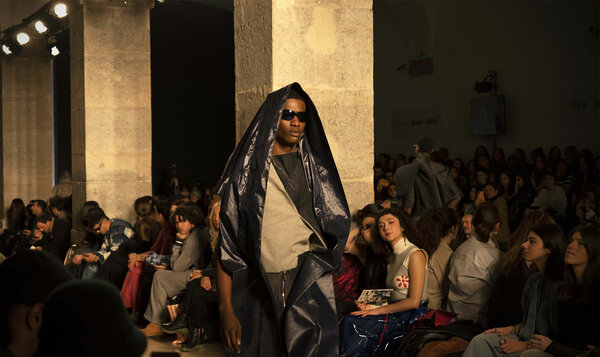In high fashion, craftsmanship plays a strategic role. Importance of preserving cultural heritage, and enhancing craftsmanship to create luxury brands.

Craftsmanship as a Strategic Value for Luxury Fashion Market
Date
29 October 2015
Craftsmanship is in demand more than ever and we can see its rising appeal within modern society (Campbell, 2014), especially in Luxury Fashion Market. According to this perspective, traditional craft methods seem to play a strategic role within contemporary fashion design courses and research, setting new relationships between theoretical subjects and many high-end artisanal practices.
Often, the students show a lack of information on what those craft practices really are and, most importantly, what constitutes their values.
The Craft Council supported by the UK government is currently discussing on how to prevent the craft skills and traditions from disappearing. The aim is to find the best way to support tools for crafts development as well as the design and innovation in crafts.
The storytelling of tangible and intangible aspects of a crafted object is what crafts are about in today’s western societies. The manufacturer understands the need for his craft to have a valid purchase potential. Why is a crafted object worse paying for and what is the story engraved into it? This last paradigm brings a new aspect of crafts and reinforces the fact that crafts are valuable goods not only in the production process but also through the message and story it carries, in relation to the contemporary lifestyles and consumer tastes.
Italian fashion manufacture consists of a system of SMES that have undergone profound transformations in various aspects, particularly in the progressive juxtaposition of innovative technologies to traditional craft processes, developing examples of “advanced craftsmanship”.
Then, contemporary design education in Fashion design and Fashion communication, in Italian Fashion Capitals, is inserted in this context.
The process of education and research are often based in the very important area of fashion production. This positioning us offering a great opportunity to cover the gap of values and students knowledge about what makes a craft process valueble, especially because it is often unique, and therefore with high market value.
Another important aspect of the interaction between educational processes and research and craftsmanship districts, is about creating memories of the production processes, the archive of knowledge that can be used to maintain over the years (if not centuries) the craft mastery. Creating archive of knowledge of production districts can serve as platform of reference for fashion designers and communications strategist. This archive of values is a very significant base to set innovative brand and product positioning in the global market. The archive represents the heart of knowledge, a pool of unique references often or, other times, shared in partially to allow the consumer or external user access to saper fare values.
BIOGRAPHY – Gabriele Goretti
Architect, designer, senior researcher in fashion design strategy and luxury goods market. Senior researcher within joint research Labs between Academia and advanced craftsmanship SMES. PhD in Industrial design, his professional profile is focusing on relationships between design strategies and advanced manufacturing processes. Moreover his research is focusing on product values communication through design-driven innovation based on technology innovation and traceability.








